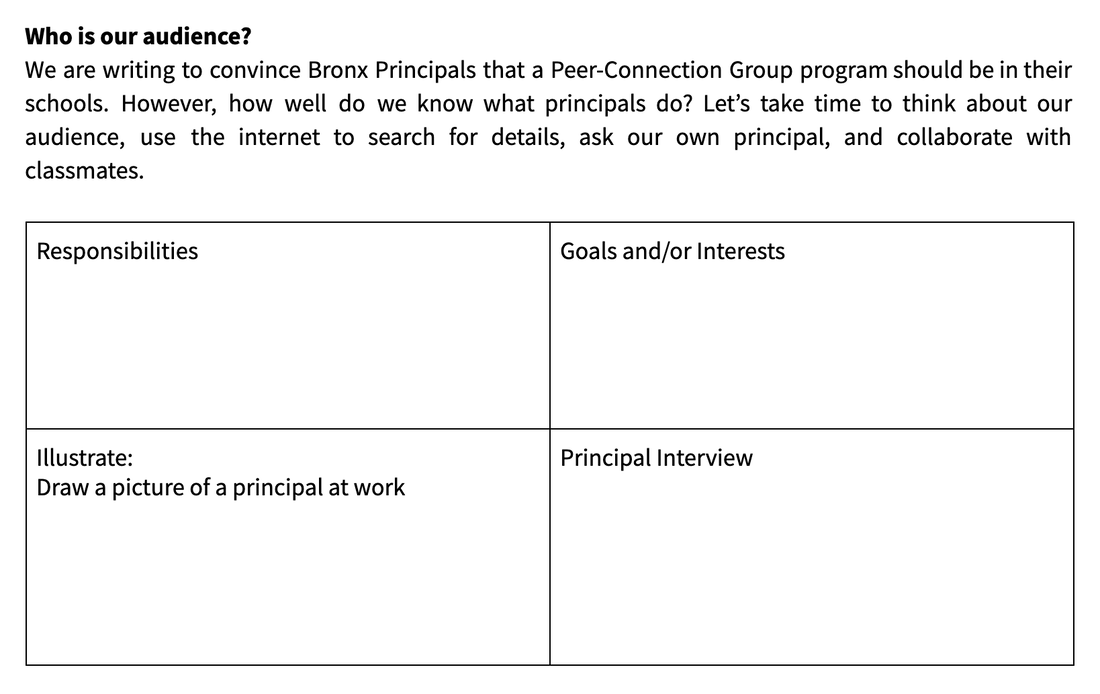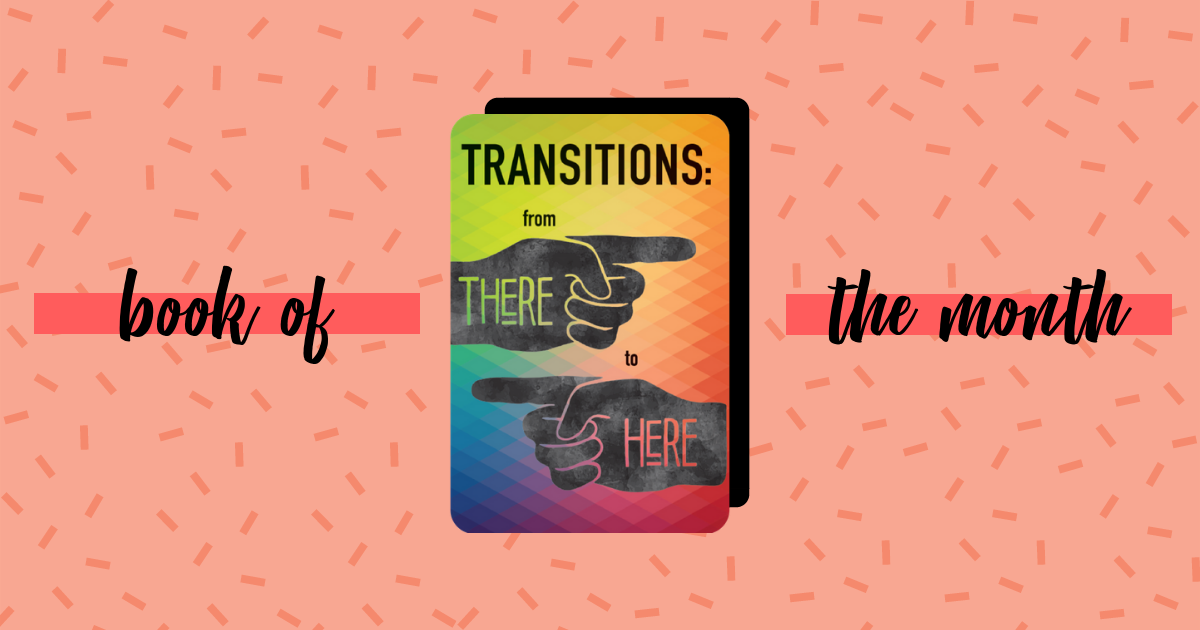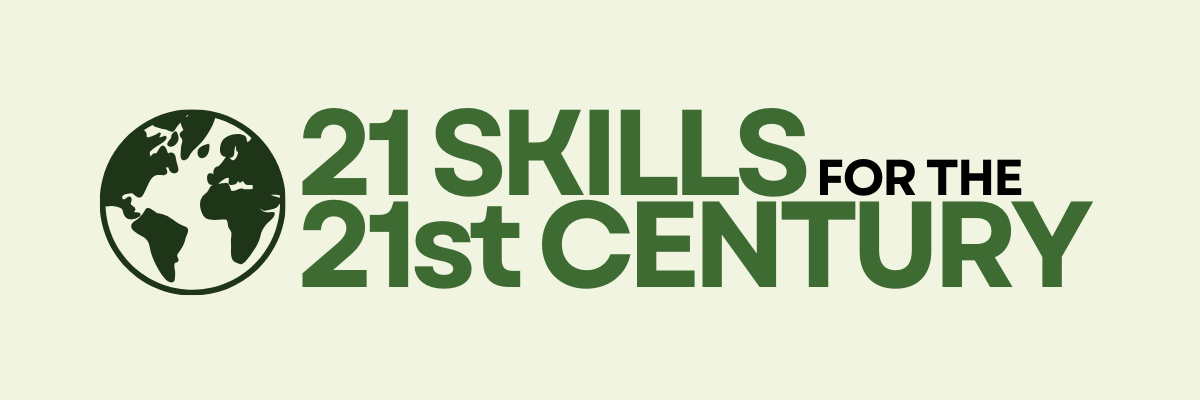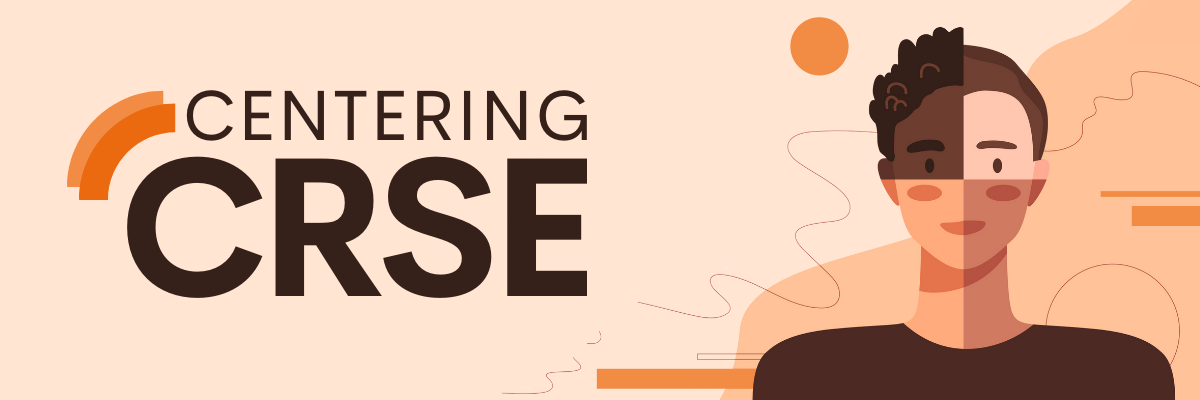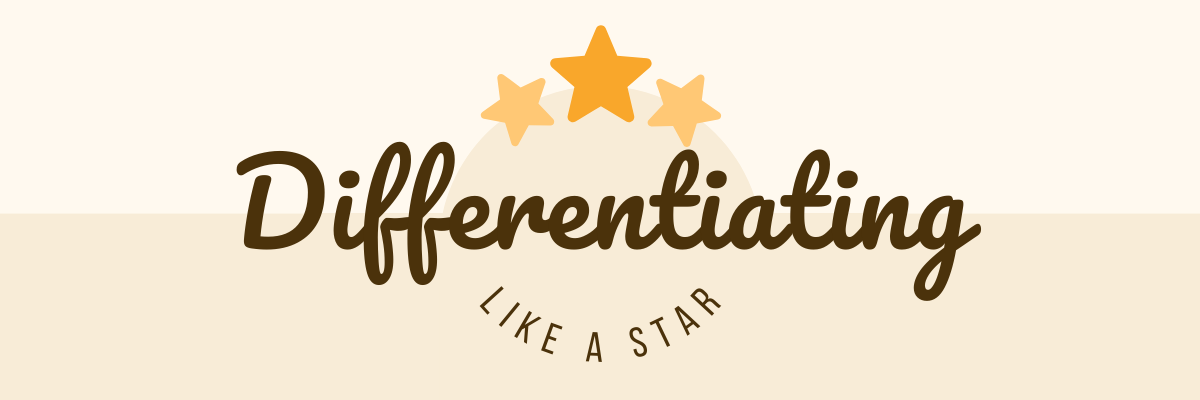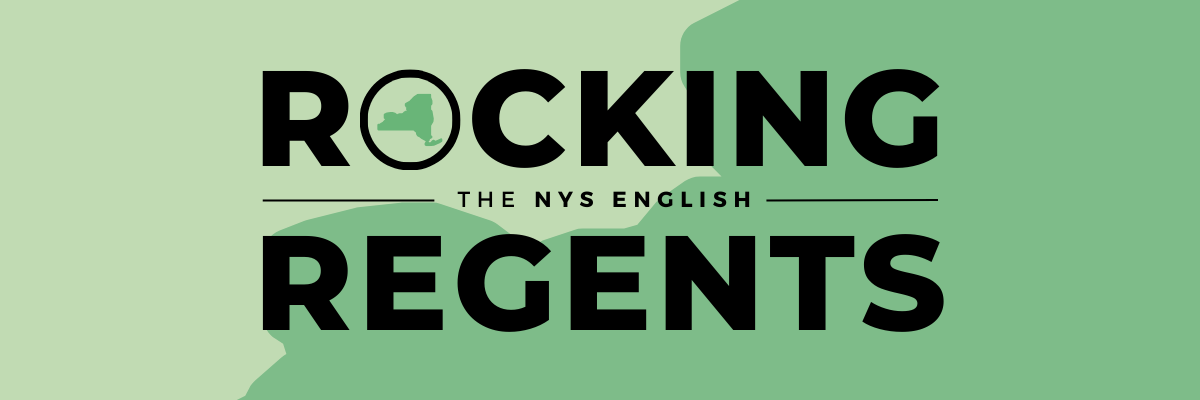|
Support students in establishing their voices as writers while advancing teacher leadership in reading and writing instruction.
Student writing is often read by one person (a teacher), and for one reason (a grade). But what if it could be different?
Through our Student Press Initiative, we seek to engage students in writing projects that culminate in print-based publications. These publications are designed for specific audiences, shaped around specific genres, and become widely accessible to their school community and the general public. This process not only helps students to establish their voices as writers, but helps revolutionize education by advancing teacher leadership in reading and writing instruction.
Raising the bar for student writing
Though each publication is a unique reflection of its student authors, the five phases of our publication process remain constant:
Publication in action: personal narratives from the Bronx
This spring, we supported 9th and 10th grade Special Education students at the Bronx High School for Business (BHSB) through this process. Their teacher was eager to introduce a project that would provide her students the opportunity to share a meaningful experience through the writing of a personal narrative or poem. With this in mind, our coaches worked alongside the teacher and her students to facilitate a conversation about the audience for their project. We asked questions such as:
After careful consideration and deliberation, these young authors felt strongly that they wanted to write to younger members of the Bronx Business community — primarily incoming students and siblings — in an effort to offer meaningful advice. Over the course of the project, students at BHSB were able to hone and refine their writing, particularly as it relates to communicating with their chosen audience. They were able to revise their writing to include more colloquial language and tone, which they recognized would be most effective for communicating with their young and familiar audience. As a result, they published The Barriers We Faced, The Bridges We Built. This collection highlights the obstacles many BHSB students have encountered — moving to a new country, struggling in school, and disagreeing with family and friends. Though many of these obstacles seemed insurmountable, these young authors were able to meet them head-on with persistence and resilience, building the bridges necessary to overcome their personal barriers.
Encourage students to adjust their writing style based on their intended audience.
Do you change the style, tone, and format of your writing depending on who the writing is for? Of course you do. Do you teach your students to do the same?
Whatever your answer, it’s important for student writers to truly analyze, discuss, and contemplate their audience. Thinking about the audience they are writing for can inject a different form of energy into students and subsequently, their writing. In addition, getting students to adjust their language and writing style based on the audience they’re interacting with is a transferable, life-long skill that will benefit them down the road. I recently introduced a Student Press Initiative project in an 11-12th grade class at one of our long-time partner schools, the Bronx’s Morris Academy of Collaborative Studies (MACS). This class, which is labeled as a Peer Group Connection (PGC) class, consists of 25 junior and senior students that act as peer mentors for incoming freshmen. These 25 PGC students participate in weekly outreaches with freshmen to help support their transition to the academic and social challenges of high school. Peer mentors and mentees that participate in PGC express an increase in their academic achievements, developed social/relationship skills, and are more motivated to graduate high school. Given the impact of this program, the staff and students at MACS wanted every high school in the Bronx to include a peer-mentorship program in their curriculum, and decided the book we would create would promote the PGC program to other principals in the Bronx. And thus, we had our audience.
Who is our audience?
Throughout this project, the students’ writing has been powerful, raw, and passionate. At times, the energy in their writing was so strong that it was challenging to harness and refocus that energy to address our specific audience. To help students keep their audience in mind when writing, we used a few strategies. First, we (myself and the PGC teaching staff) organized the students into three writing groups: pathos, logos, and ethos. We created these writing groups to design an environment in which students could constantly engage with and think about their audience. In addition, these rhetorical devices helped influence students to produce persuasive writing from day one, which added another layer of excitement into the writing process. Second, I designed a graphic organizer called “Who is our Audience?” for students to reference. This tool allowed students to explore their audience (Bronx principals) in multiple ways — what are their interests, their responsibilities, their goals? This activity proved to be influential for students, as it tested their interview skills, allowed them to receive direct feedback from their intended audience, and become more informed writers.
Lastly, we designed a Feedback Rubric that we could use with students while revising their writing. This rubric provides a checklist that writers can reference at any point throughout the writing process, and requires evaluators to reference specific examples from the text. See below for an example of the rubric and how you might complete each section.
Feel free to adjust our graphic organizer and rubric to your own needs, or use them as a starting point for your own project! If you’re interested in seeing the product of our collaboration with the PGC group at MACS, check back on our new releases page — we’ll be releasing our publication with MACS on May 31st. I wouldn’t be surprised if the writing included in this publication convinces you to introduce a peer-mentorship program at your school!
9/10/2018 Book of the month: using student publication to reflect on experiences in times of growth and change
To be the first to hear about our book of the month updates, subscribe to our emails! Adolescence is a time of significant transitions, and this publication reflects the voices of elementary and middle school students whose poems and narratives touch on a variety of momentous shifts in their lives. Writers from PS 36 and Fredrick Douglass Academy II have written, edited, and revised works to represent the rich transitions they have anticipated, observed, and undergone. Their pieces resonate powerfully and convey beautiful insights into their personal lives, communities, and futures. USING THIS PUBLICATION IN THE CLASSROOM
With the start of the academic year, students begin a journey of learning, self-discovery, and conflict. More often than not, their journeys have something in common: change. The young authors of Transitions: From There to Here share an exploration of their life through writing. They engaged in project-based learning, their voices were celebrated, and they became a community of learners as they worked on this publication, which we consider an authentic assessment of their learning. Just like these young writers, many more are part of the multitude of projects the Student Press Initiative helps design and execute each year. Teachers and students across the city reimagine writing curriculum so that it is authentic, celebratory, project-based, and Common Core aligned. In this way, the Student Press Initiative aims to reconnect teachers with the ideals that first brought them to the classroom. We invite you to explore the poems and narratives written by students, professionally printed and published and available for purchase through Amazon. Furthermore, we encourage you to consider the possibility of pursuing a student publication project of your own this year! We believe this anthology, along with the 650 others we’ve helped publish over the years, serves as a powerful example of the humanizing effect of writing and the quality of students’ work when they write purposefully. |
|
The Center for Professional Education of Teachers (CPET) at Teachers College, Columbia University is committed to making excellent and equitable education accessible worldwide. CPET unites theory and practice to promote transformational change. We design innovative projects, cultivate sustainable partnerships, and conduct research through direct and online services to youth and educators. Grounded in adult learning theories, our six core principles structure our customized approach and expand the capacities of educators around the world.
|
ABOUT US
525 West 120th Street, Box 182 New York, NY 10027 416 Zankel Ph: (212) 678-3161 cpet@tc.edu Our Team Career Opportunities |
RESOURCES
Professional Articles Ready-to-Use Resources Teaching Today Podcast Upcoming PD Opportunities |
COACHING SERVICES
Custom Coaching Global Learning Alliance Literacy Unbound New Teacher Network Student Press Initiative |



